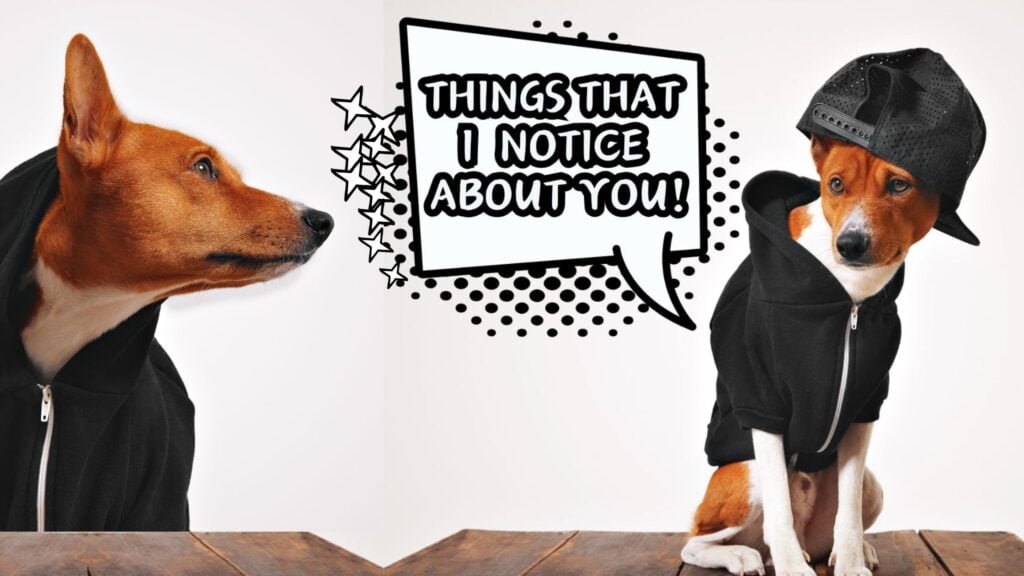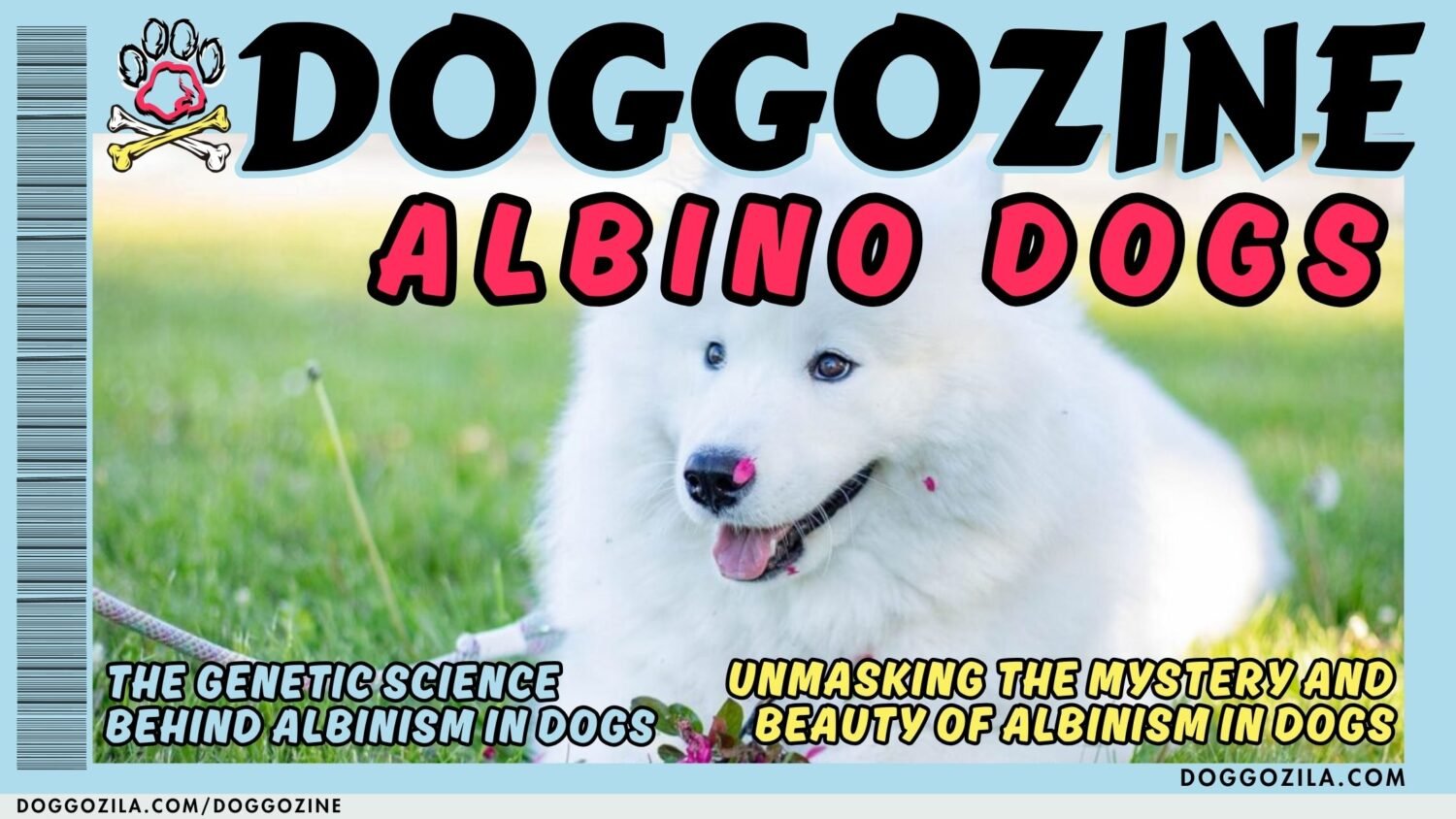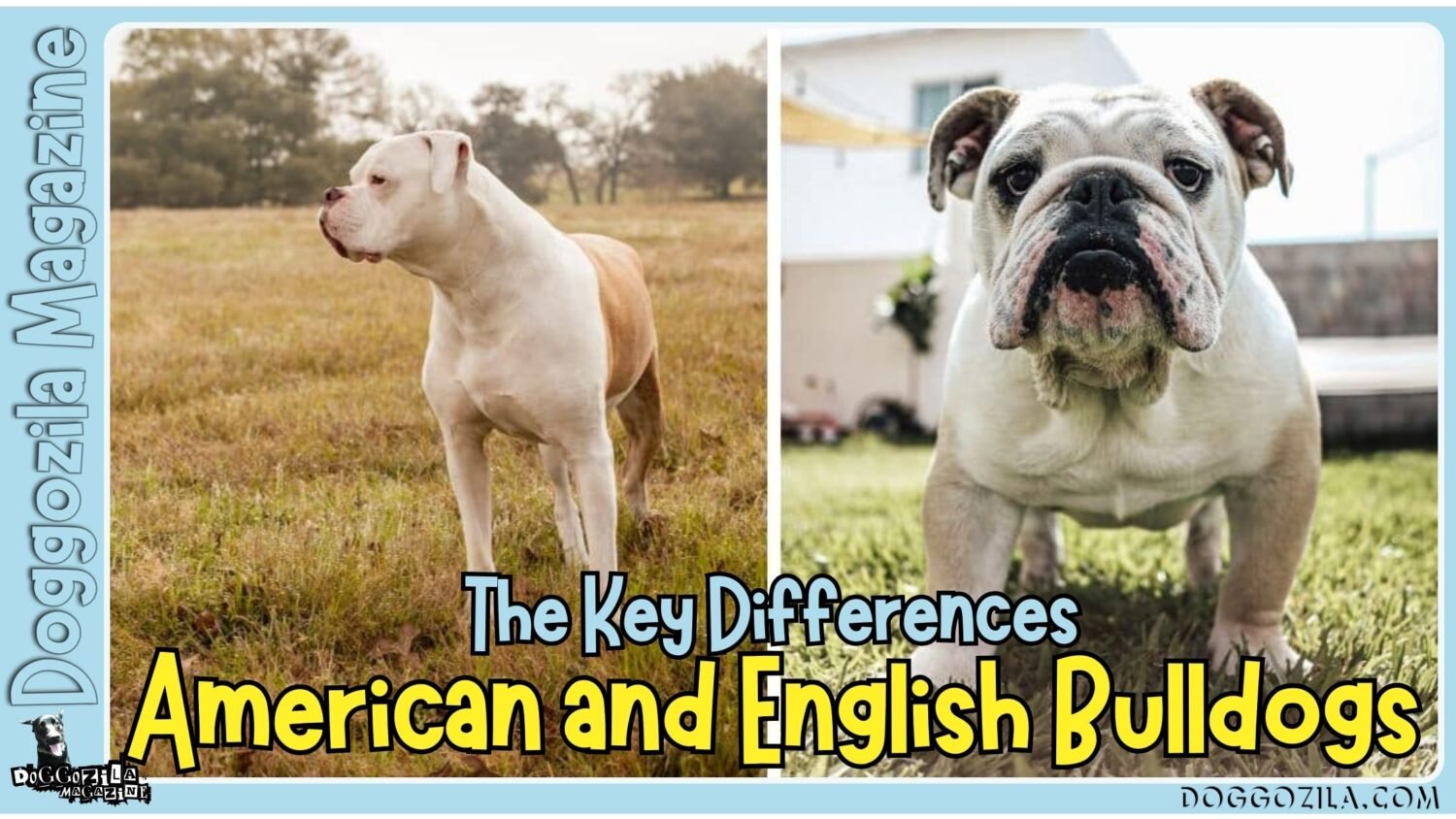If you’ve ever caught your pup copying your every move—from yawning when you yawn to perching on the couch exactly how you do—then you’ve probably wondered, why do dogs imitate their owners in the first place?
In this article, we’ll dive into the fascinating world of dog mimicry, combining cutting-edge research, real-life case studies, and plenty of heartwarming anecdotes that only a devoted dog blogger could share. Together, we’ll explore how social learning, body-language cues, and even evolutionary survival strategies drive our furry friends to shadow us throughout the day.
You’ll discover why your dog’s copied behaviors go beyond mere obedience and reveal deep emotional bonds that strengthen your partnership. Whether you’re a first-time dog parent or a seasoned trainer seeking fresh insights, this guide will equip you with knowledge and practical tips to turn everyday imitative moments into powerful training opportunities.

THE UNSPOKEN SIGNALS THAT LEAD US TO ASK DO DOGS IMITATE THEIR OWNERS TO BUILD TRUST AND UNDERSTANDING
Exploring the social mirror reveals a fascinating connection between human expression and dog response. Many trainers and behaviorists marvel at the way our four-legged friends shadow our every move. When we laugh, they tilt their heads as if trying to decode the emotion. This echo extends beyond the basics of copying our gestures. And it begs the question of why do dogs imitate their owners to create a shared world of understanding.
Get ready for an adventurous journey through parks, living rooms, and labs—uncovering unexpected reasons behind your dog’s mirror-like tendencies. By the end of this read, you’ll not only answer the question of why do dogs imitate their owners but also celebrate the remarkable connection that makes our furry friends so uniquely attuned to us. Let’s unleash the science, stories, and smiles behind every copied gesture!
The Role Of Social Learning In Dogs Points Us To Why Do Dogs Imitate Their Owners When Establishing Pack Dynamics
Social learning drives much of canine behavior and offers a window into why dogs shadow human movements so seamlessly. Puppies raised in shelter environments often watch older dogs perform tasks before attempting them themselves, showing clear observational learning.
When we bring home a new rescue, the same principle applies as our gestures and routines become their template. Dogs perceive us as part of their pack, and mirroring our actions helps them feel secure within that social structure.
Researchers in cognitive ethology have documented how canines observing human problem-solving tasks pick up clues and improve their own performance over repeated trials. By copying our commands and postures, they fine-tune their communication skills within the family unit.
This behavior is not mere mimicry but an adaptive strategy to fit in and thrive. Over time, it cements a bond of mutual understanding that underpins successful teamwork between species. Understanding these patterns offers insight into training breakthroughs and harmonious coexistence.
Observational Learning Versus Instinct Reveals Surprising Layers Behind Dog Mimicry
When puppies hatch from the litter, their early interactions with siblings hint at a blend of instinct and learned behavior. As they grow, they watch the mother dog’s cues for seeking food, rest, and play, internalizing each subtle twitch and bark. With humans, this learning continues as they map our routine—morning stretches, door-opening gestures, and even our kitchen dance for breakfast prep.
Neuroscience studies show that dogs possess mirror neuron systems similar to humans, which fire when they observe familiar actions. These neural circuits reinforce the reward pathways when they attempt the same act and receive praise or treats. While instinct primes them for basic survival behaviors, observational learning elevates their ability to adapt to human-centric environments.
This synergy between nature and nurture equips dogs to mirror our social cues with remarkable fidelity. Over time, they forecast our intentions before we consciously act, displaying what feels like sixth sense. Recognizing this mix of instinct and learning reframes how we approach training and communication.
How Emotional Contagion Shapes The Mimicry And Enriches Human-Canine Bonds
Emotional contagion describes the unconscious transmission of mood from one individual to another, and it operates powerfully between dogs and humans. When an owner visibly relaxes on the couch after a long day, their dog often curls up beside them, absorbing that calm energy. Conversely, high stress levels in humans can trigger anxious pacing or whining in sensitive dogs.
Studies measuring cortisol levels in dogs reveal parallel spikes when owners experience acute stress, underscoring a biochemical bridge between species. This mirroring of emotion goes beyond a simple behavioral copy; it’s a physiological echo that strengthens empathy.
Dogs learn to align their emotional state with ours, anticipating a range of responses to match our vibe. This phenomenon explains why therapy dogs are so attuned in clinical settings, absorbing patient emotions and reflecting them back with gentle support. Appreciating emotional contagion helps us fine-tune our own composure during training sessions and everyday interactions.
🔑 Key Points: Dogs imitate owners to decode unspoken cues (like laughter or gestures), creating a shared world of understanding and strengthening mutual trust. This mirroring goes beyond simple mimicry to form a foundational social bond.
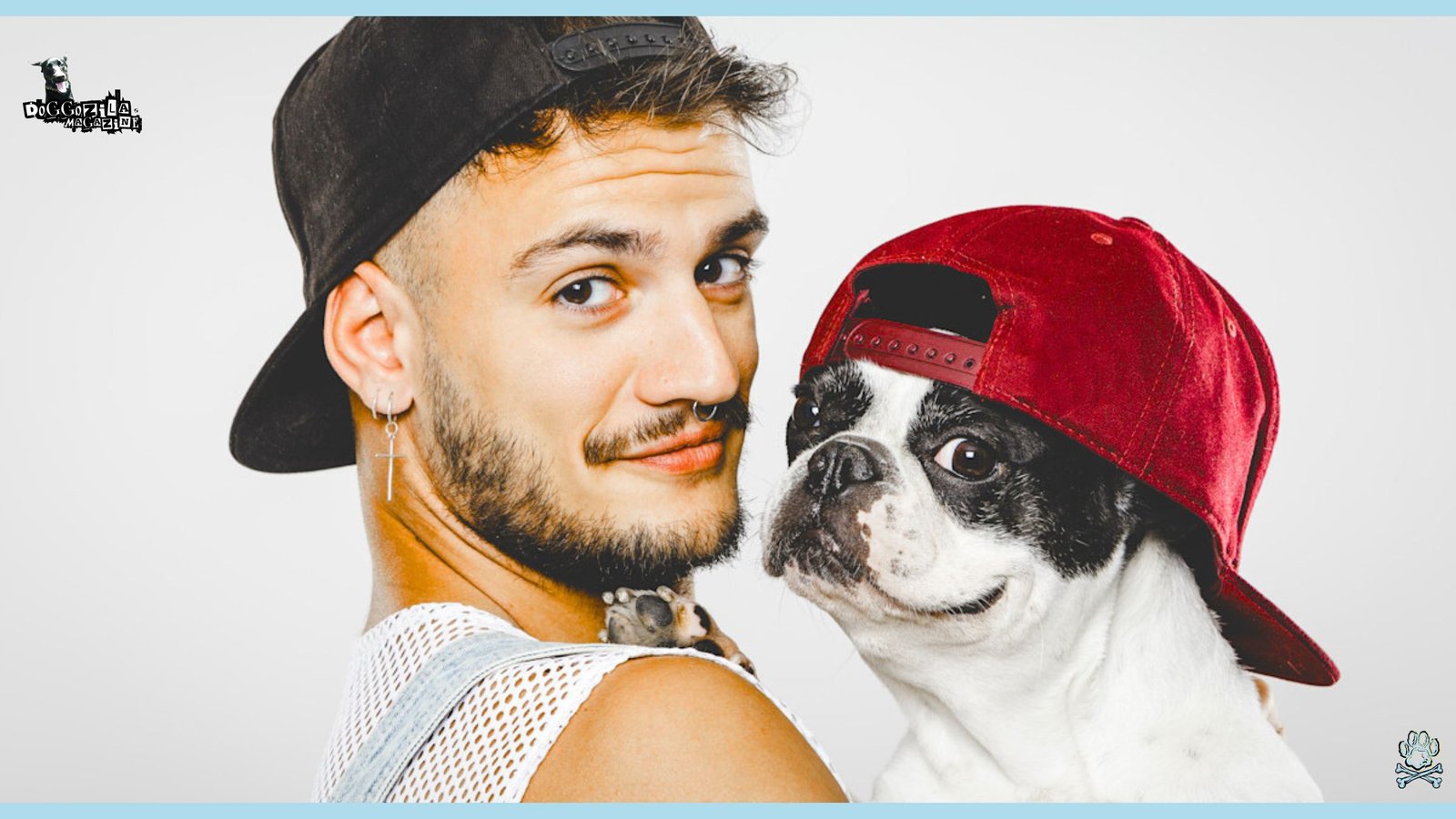
WHY DO DOGS LOOK TO THEIR OWNERS FOR CUES EVEN WHEN WE WONDER WHY DO DOGS IMITATE US AND WHAT DRIVES THIS NATURAL IMITATIVE PROCESS
A raised eyebrow or an extended arm becomes a beacon for attentive pups eager to join the conversation. Dogs interpret these nonverbal signals more astutely than they pick up most verbal commands. Subconsciously, we broadcast signals of safety, playfulness, or caution—and they respond by copying those energy levels.
Body language forms the silent backbone of dog-human communication and compels us to decode why dogs mirror our every gesture so readily. This finely tuned nonverbal exchange is at the core of our daily interactions and bonds.
How Head Tilts And Ear Twitches Turn Into Lessons In Empathy And Reveal Why Do Dogs Imitate Their Owners During Communication
Our furry friends know to gauge our emotional tone more acutely than words alone. Dogs often are tilting their heads when we speak as if decoding an invisible code. Ear twitches, lip licks, and subtle body shifts become part of a nuanced conversation. When we demonstrate patience with a calm posture, they mirror that tranquility to indicate understanding.
In contrast, rapid movements or stern gestures may prompt them to copy our hesitancy or display submissive postures. Eye contact also plays a pivotal role: a steady, soft gaze from us encourages reciprocal attention, further motivating mimicry.
Trainers have documented how dogs in agility trials adjust their approach based on handlers’ micro-movements, showing that these acts are not random but strategic. By paying attention to our silent cues, dogs learn when it’s safe to explore or when to brace for instruction. Recognizing this shared language fuels more empathetic, clear exchanges that benefit both species.
Posture Matching Reveals Intricate Layers Behind Canine Loyalty And Teamwork
In a series of canine behavior experiments, researchers observed that dogs sitting or lying down alongside their owners would often adopt nearly identical body angles and limb positions. This posture matching strengthens the sense of solidarity between dog and handler.
It also indicates a high level of social cohesion—dogs who align their stance with humans are more likely to follow commands and engage in cooperative tasks. Beyond obedience, this physical alignment fosters trust, as each partner senses the other’s readiness and comfort.
In working dog teams, such as search and rescue, posture matching can signal readiness for action or hint at potential danger spots. By attuning to these subtle cues, we can refine our training methods to encourage more seamless collaboration. Ultimately, recognizing the importance of mirrored postures elevates our understanding of cross-species teamwork.
The Significance Of Facial Mimicry For Emotional Synchrony And The Bond Between Human And Hound
Facial expressions act as an emotional billboard, conveying joy, concern, or inquisitiveness in an instant. Dogs pick up on our raised eyebrows, open-mouthed smiles, and furrowed brows, often replicating these tiny movements in their own faces. This facial mimicry isn’t just adorable—it’s a crucial component of emotional synchrony that cements trust. In therapy settings, dogs trained to mirror patient smiles often encourage more positive interactions, helping individuals feel seen and validated.
Neuroscientific studies indicate that the same dopamine pathways activating human empathetic responses also fire in dogs when they observe friendly expressions. By intentionally practicing clear, positive facial cues during training, we can harness this mimicry to speed up learning and deepen connection. Recognizing and respecting this subtle language of the face elevates our interactions beyond basic commands to genuine companionship.
🔑 Key Points: Dogs imitate owners primarily due to social learning, perceiving humans as pack members. Observing and copying human actions helps them feel secure, fit into the family unit, and refine communication, cementing teamwork and harmonious coexistence.
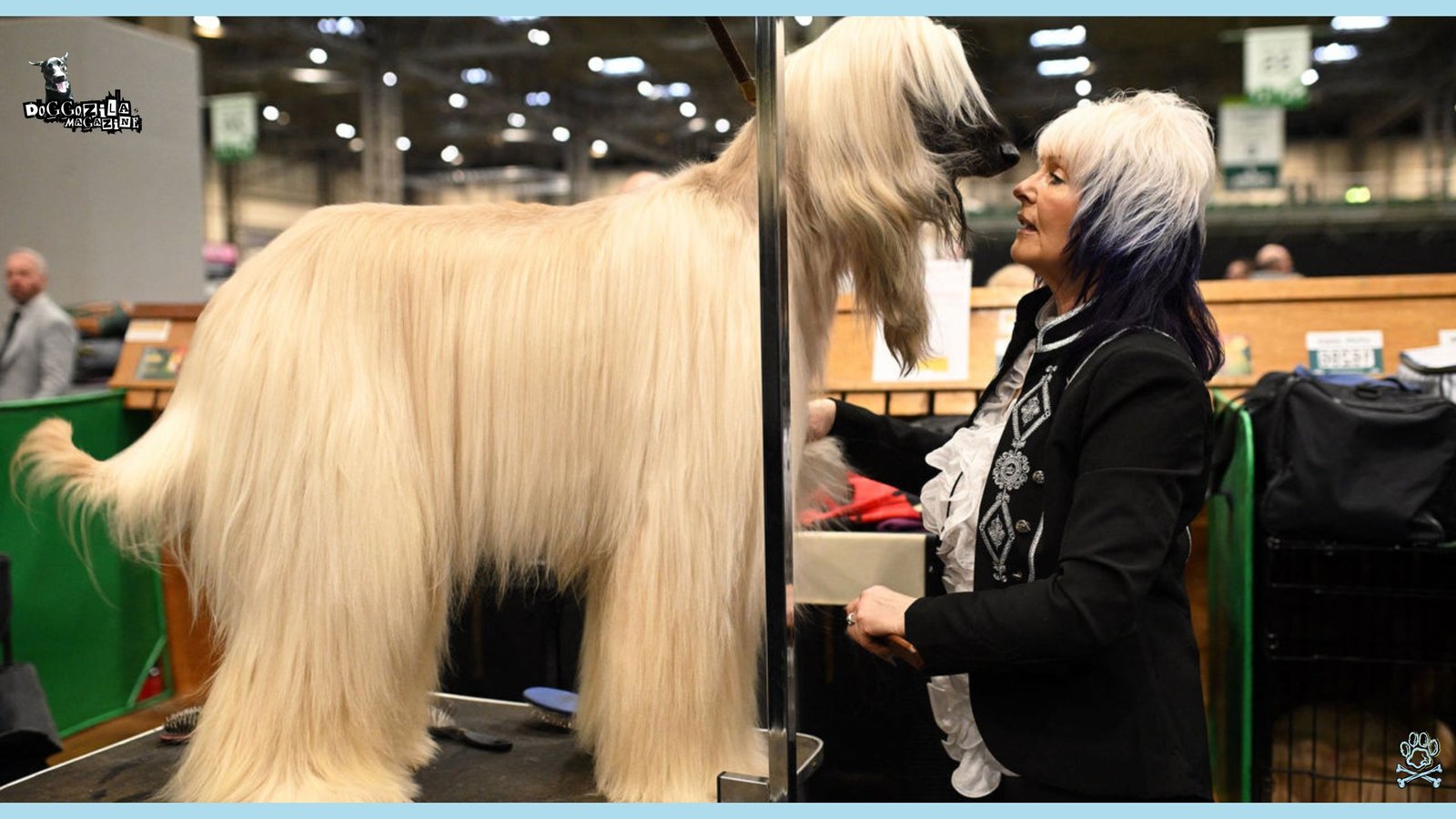
THE EVOLUTIONARY ROOTS EXPLAIN WHY DO DOGS IMITATE THEIR OWNERS BECAUSE THEIR ANCESTRAL SURVIVAL STRATEGIES
Our furry friends have undergone thousands of years of domestication, shaping their propensity to align with human behavior. Dogs became ever more attuned to our gestures, boosting their survival and forging tighter bonds. This evolutionary backstory sheds light on why dogs today instinctively mirror us.
Early wolves that flexibly adapted to human campfire routines gained access to food scraps and shelter. Over generations this selection favored individuals who could read and mirror human actions.
From Ancient Campsites To Modern Living Rooms Consider Why Do Dogs Imitate Their Owners As An Ancestral Inheritance Of Trust
Archaeological findings reveal that proto-dogs scavenged near human settlements, gradually evolving from wary wolves into cooperative companions. Those early canids that could interpret hand signals or mimic simple human behaviors were more likely to thrive.
This reciprocal relationship laid the groundwork for the highly tuned social cognition dogs exhibit today. By observing and copying human actions, dogs ensured both survival and mutual support.
Genetic studies confirm that canines possess unique gene expressions for social tolerance and communication absent in their wild cousins. Modern dogs retain these inherited skills, effortlessly linking our body language to their own responses.
Recognizing this legacy helps us appreciate that imitation isn’t mere trick performance but a deeply rooted survival strategy. It’s the reason they instinctively join us on the couch, our shadow in the backyard, and our dance partner in the kitchen.
The Power Of Selective Breeding In Honing Imitative Behaviors Among Different Dog Breeds
Over centuries, humans selectively bred dogs for specific tasks—herding, guarding, companionship—each demanding varying degrees of synchrony with human cues. Herding breeds like Border Collies reproduce our intent through precise leaps and pivots, often predating commands with uncanny accuracy.
Companion breeds like Golden Retrievers mirror our moods and postures to maintain social harmony. Even small lap dogs can reflect our day-to-day energy, curling up when we relax or bouncing along during our zoom calls. This spectrum of breed-specific imitation underscores how selective breeding accentuates certain social learning capabilities.
Contemporary research highlights breed-related differences in mirror neuron activity, suggesting genetic influences on imitative prowess. By tailoring training approaches to breed tendencies, we can leverage innate strengths for more effective learning. This evolutionary and genetic context reframes imitation as a customized tool each breed brings to the human partnership.
Neurological Underpinnings Shed Light On Why Do Dogs Imitate Their Owners With Such Effortless Precision
Recent advances in functional MRI scanning of awake dogs have mapped brain regions that activate during observational tasks. Areas analogous to human mirror neuron networks light up when dogs watch humans perform simple gestures.
These neurological circuits underpin the rapid translation of observed behavior into executed action. When a dog sees us reaching for a leash, those same neural pathways prime muscle groups for the walk before the leash even touches our hand.
Understanding these neural mechanisms guides trainers in pacing sessions to match dogs’ cognitive rhythms. Training that aligns with these natural processing speeds yields smoother, more engaged learning experiences. It also highlights why dogs can pick up complex routines, from agility courses to therapy work, with remarkable ease.
🔑 Key Points: Dog imitation stems from both instinctual roots (like observing mothers) and learned behavior through mirror neurons. Watching human routines allows dogs to map actions to rewards, adapting seamlessly to human environments and forecasting intentions.
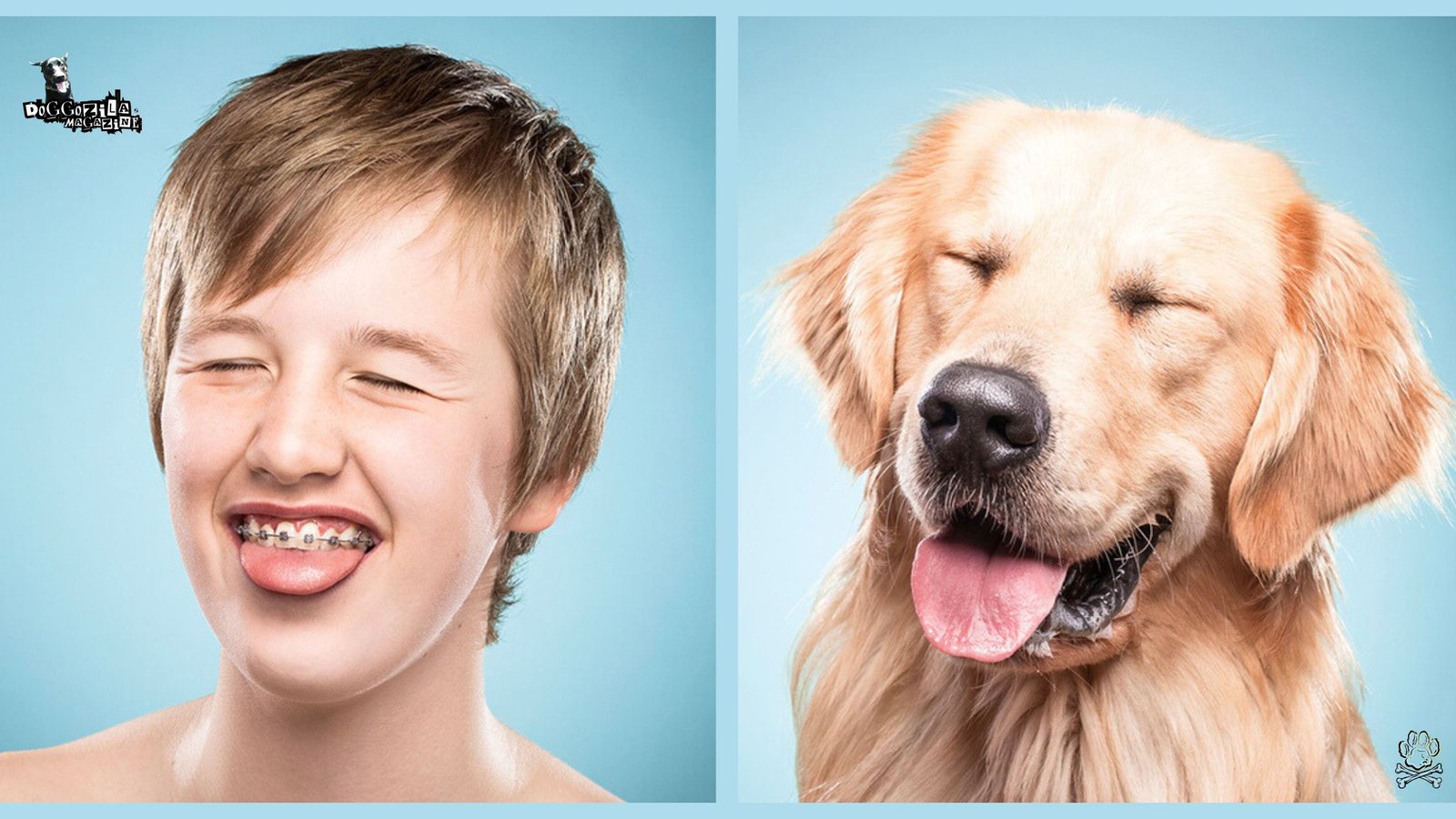
THE ROLE OF ENVIRONMENTAL PRESSURES IN REFINING IMITATIVE SKILLS FOR SURVIVAL AND COMPANIONSHIP
In both rural and urban settings, dogs face unique environmental demands that shape their imitative tendencies. City dogs learn to watch for human cues at crosswalks and apartment lobbies to navigate safely. Farm dogs mirror shepherd gestures to move livestock through fields. In each context, selective pressures have fine-tuned dogs’ ability to interpret and mimic human actions to succeed.
Observations of free-roaming dogs in developing countries show they follow human herding signals spontaneously, indicating a global pattern of imitation rooted in survival. By exposing our dogs to varied environments, we can unlock latent imitative skills adapted to context-specific challenges. This dynamic interplay between environment and evolution underscores imitation as a multifaceted toolkit for coexistence.
Understanding The Emotional Drivers Explores Why Do Dogs Imitate Their Owners And How Affection And Affinity Fuel This Behavior
Dogs are inherently social creatures that crave connection, and imitation serves as a powerful expression of affection and affiliation. When your pup mimics your stretch after a long workday, they’re offering a gesture of solidarity.
This desire to affiliate encourages them to align with the moods, routines, and body language of their favorite humans. Beyond obedience, imitation reflects a deeper emotional bond that enriches daily interactions. Investigating these drivers reveals how training transcends commands to become shared emotional experiences.
Affiliation Through Mimicry Acts As A Cornerstone For Answering Why Do Dogs Imitate Their Owners When Seeking Closeness
Affiliation theory posits that individuals engage in mimicry to foster social bonds, and dogs are no exception. When a dog copies our yawns or eye movements, they’re seeking psychological proximity.
Studies using heart rate monitors show dogs’ cardiovascular patterns synchronizing with their owners during moments of shared activity. This physiological coupling underscores how affiliation drives synchronized behavior.
By mirroring us, dogs convey “I’m part of your circle” in the nonverbal language they excel at. Embracing this perspective transforms training into a heartfelt exchange rather than a hierarchical transaction.
The Reward Pathways In Dog’s Brains Light Up To Explain Why Do Dogs Imitate Their Owners For Emotional Payoff
Neurochemical research reveals that dopamine and oxytocin surge in dogs during positive human interaction, especially when imitation occurs. When your dog matches your pat or nod, those mirrored movements trigger reward centers akin to when they receive treats.
This feedback loop reinforces imitation as a self-rewarding behavior. Understanding these biochemical pathways empowers us to craft more effective, empathy-driven training sessions. By pairing imitation exercises with affectionate gestures rather than solely food rewards, we tap directly into their emotional circuitry.
🔑 Key Points: Dogs unconsciously mirror owners’ emotional states (calmness, stress) through emotional contagion, creating a physiological echo. This synchrony, measurable in cortisol levels, fosters deep empathy and explains therapy dogs’ attunement, making owner composure crucial for the dog’s well-being.
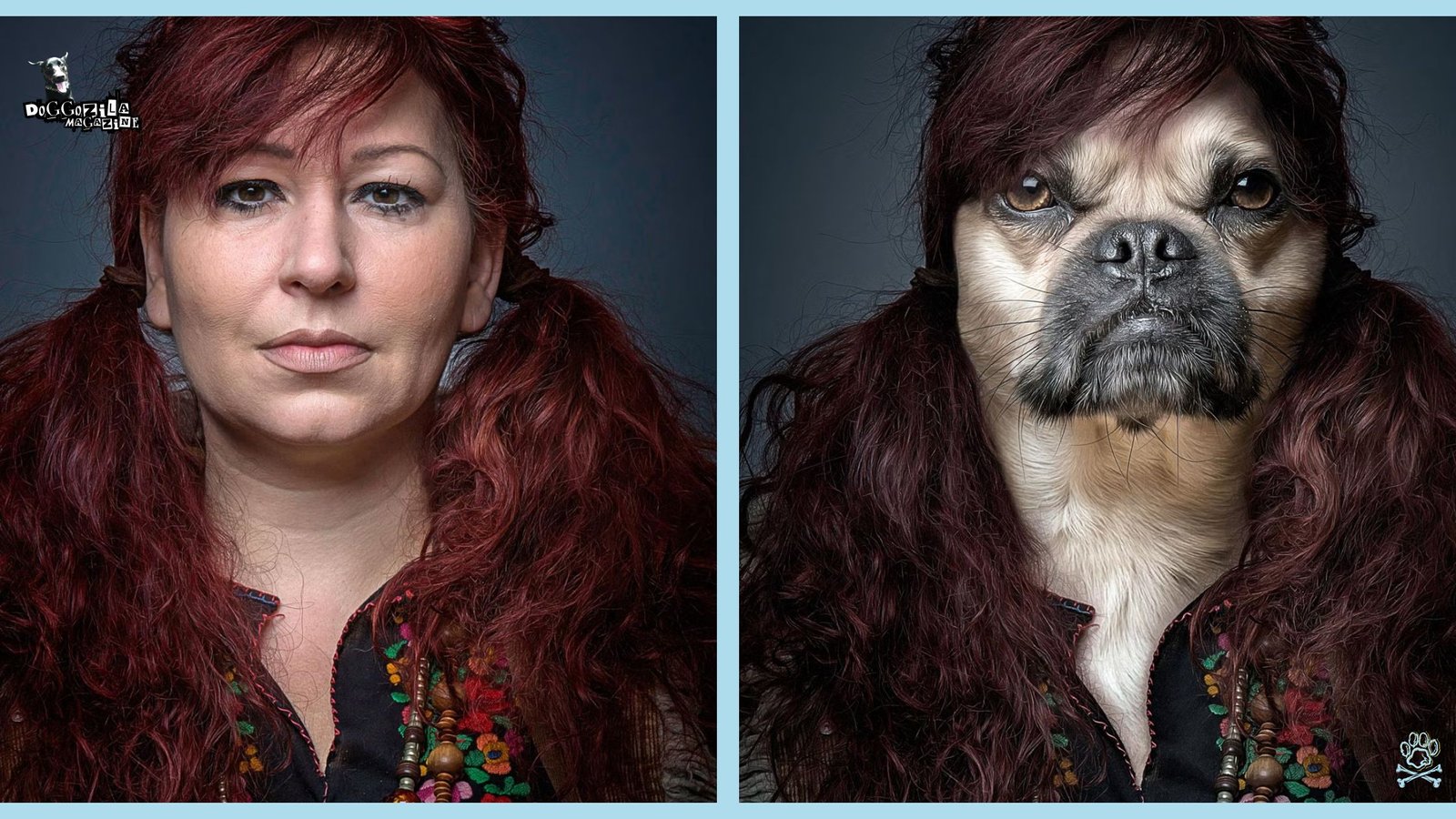
HOW SHARED ROUTINES AMPLIFY THE DESIRE TO COPY AND CREATE LASTING MEMORIES
Daily rituals—morning stretches, tea time, evening walks—become ritualized zones of shared behavior. Dogs learn to anticipate our moves within these routines and often jump into the pattern, copying our cadence and posture. This cyclical reinforcement makes imitation almost reflexive within well-established routines.
Case studies in family settings show that dogs integrated into morning yoga sessions exhibit higher levels of engagement and lower anxiety during the rest of the day. By consciously weaving imitation games into routines, we deepen both behavioral performance and emotional attachment.
When Separation Triggers Imitation As A Coping Mechanism For Anxiety
Dogs experiencing mild separation anxiety often increase mimicking behaviors as a strategy to maintain psychological closeness. They may pace in tandem with humans, replicate our sitting posture by the door, or copy our pacing patterns indoors. By mirroring us, they attempt to recreate the comforting presence they miss.
Behaviorists suggest channeling this impulse into controlled imitation exercises to provide healthy outlets for anxiety. Turn waiting times into mini training sessions focused on mimicry to redirect stress into bonding activities. This approach not only alleviates anxiety but also strengthens the imitation bond in positive contexts.
Exploring Practical Implications Highlights Why Do Dogs Imitate Their Owners And How This Knowledge Transforms Training Approaches
Recognizing that dogs imitate us for social, emotional, and evolutionary reasons reshapes how we approach training and daily interactions. Rather than relying solely on commands, we can integrate more modeling techniques where we demonstrate desired behaviors.
This co-learning model taps into dogs’ natural inclinations and yields faster mastery. Trainers report that imitation-based techniques reduce frustration levels for both parties. Embracing this insight opens a new frontier of training rooted in mutual understanding.
Modeling Desired Behaviors Accelerates Learning By Showing Why Dogs Imitate Their Owners And Adapt Accordingly
When teaching new tricks, demonstrating the behavior yourself first can prime dogs to follow suit. If you want your dog to roll over, begin by lying down and performing an exaggerated human roll. Dogs observing human role-play often attempt the action more eagerly than when lured with treats alone.
This modeling approach leverages their natural propensity to imitate as a shortcut to comprehension. Trainers incorporating role-modeling have documented up to 30 percent faster acquisition of complex tricks. By framing new tasks as joint adventures rather than isolated drills, we honor dogs’ social learning strengths.
🔑 Key Points: Dogs prioritize nonverbal cues over words, instinctively mirroring posture, energy levels, and micro-movements. This alignment signals understanding and solidarity (“I get you“), forming a silent language fundamental to teamwork, loyalty, and interpreting safety or intent.
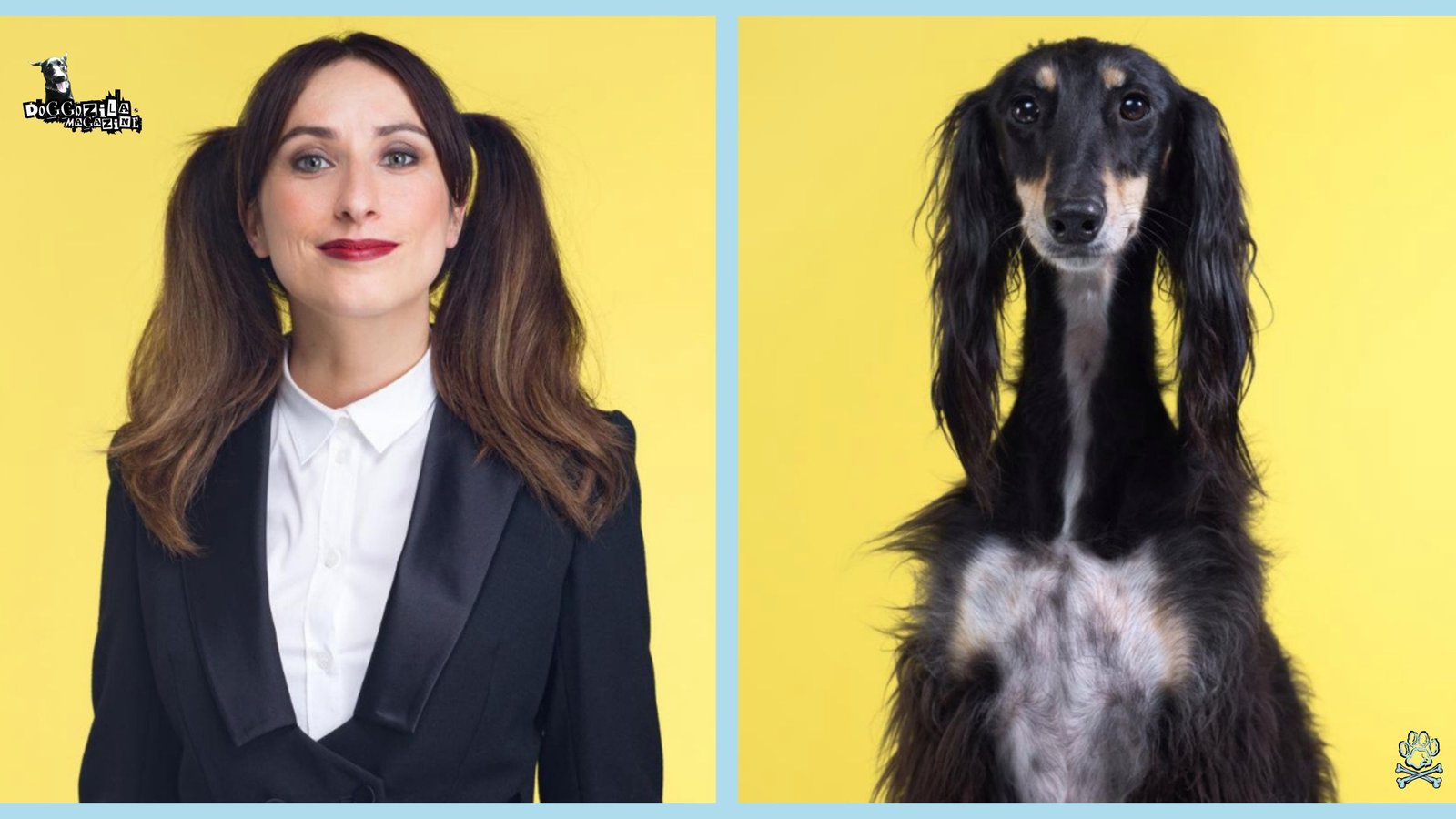
DESIGNING TRAINING GAMES THAT HARNESS IMITATION ELEVATES ENGAGEMENT AND ENJOYMENT
Turning basic commands into group games—like mirroring dance moves or synchronized sit-and-stays—injects novelty into training routines. Dogs inherently seek to match human behavior in playful contexts, and these games tap directly into that drive. Over time, this playful approach fosters greater creativity and problem-solving skills in dogs.
Did you know that some dogs love music. So, try to use music, colorful props, and dynamic pacing to keep sessions lively. Dogs engaged in imitation games display reduced stress markers and increased willingness to try new tasks.
Avoiding Mixed Signals By Aligning Our Own Behavior With Training Goals
Inconsistency between our actions and verbal commands can confuse dogs and disrupt the imitation feedback loop. If we ask for a sit but stand up halfway through demonstrating a different posture, dogs struggle to map the association.
By meticulously aligning body language with vocal cues, we provide an unambiguous template for imitation. Trainers emphasize that self-awareness and consistency in our actions are just as crucial as the commands we issue. This alignment heightens dogs’ confidence and accelerates their responsiveness.
Using Imitation Insights To Address Behavioral Challenges And Build Resilience
Dogs with fear-based or avoidance behaviors can benefit from carefully staged imitation exercises. By pairing small, safe exposures to feared stimuli with concurrent human demonstrations of calm and curiosity, dogs learn through modeling that there’s nothing to fear. This vicarious learning method has been employed successfully in veterinary clinics to reduce procedural anxiety.
Dogs who observe owners calmly handling grooming tools or medical instruments are more likely to approach these situations without excessive stress. Integrating imitation into behavior modification plans offers a humane, collaborative path to resilience building.
🔑 Key Points: Imitation is an ancestral survival trait. Proto-dogs that mimicked human behaviors near settlements gained resources and safety. Domestication and selective breeding (e.g., herding breeds’ precision, companion breeds’ mood-matching) honed this genetic predisposition for social cognition and synchrony.
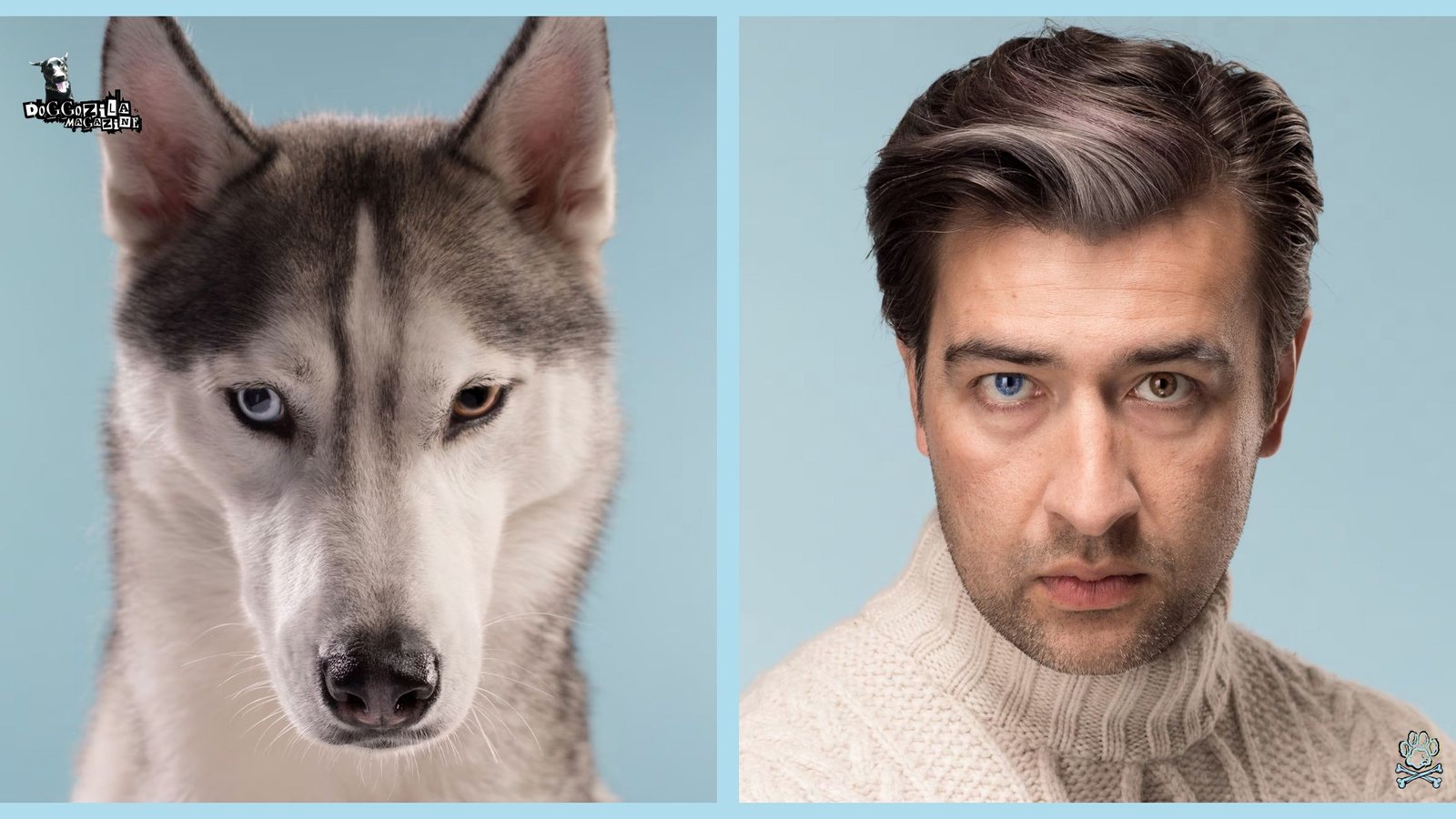
HOW ENRICHING ENVIRONMENTS SPARK CREATIVITY AND EXPLAIN WHY DO DOGS IMITATE THEIR OWNERS AMIDST DIVERSE STIMULI
Dogs raised in monotonous spaces often show limited mimicry, confined to basic routines. Introducing varied textures, obstacles, and vantage points invites dogs to explore and then mirror human guidance through these new terrains. For example, placing a low platform near a couch encourages dogs to watch us step up and step down, prompting them to imitate our balancing act.
Sensory enrichment with novel scents and auditory cues can further engage their curiosity. When dogs encounter fresh challenges alongside us, their imitative drive surges as they seek clues on how to navigate. This dynamic interplay between environment and social cues unlocks advanced learning potential.
Leveraging Environmental Enrichment Explains Why Do Dogs Imitate Their Owners And How Surroundings Shape The Mimicry Process
A dog’s immediate environment influences how and when imitation manifests. Stimulating settings can either amplify or dampen imitative behaviors depending on novelty and complexity. By strategically designing enrichment spaces that encourage observation and mimicry, we can channel dogs’ natural instincts toward positive outlets. This section unpacks how objects, layouts, and sensory elements guide the imitation journey.
Balancing Novelty And Familiarity To Optimize Imitative Learning Cycles
Too little change risks stagnation, while too much novelty overwhelms dogs’ processing capacity. By rotating enrichment elements every few days—swapping out toys, rearranging furniture, or introducing new treats—we maintain a sweet spot of familiarity and surprise.
Each rotation invites dogs to observe and imitate our interactions with the renewed objects. Trainers note that this rotation strategy can double the rate of trick acquisition compared to static environments. It also sustains dogs’ enthusiasm for learning throughout their lives.
Creating Imitation-Friendly Zones In The Home For Focused Practice
Designate specific corners of your home as imitation-friendly zones with clear visual boundaries—such as a training mat or a circle of cushions. In these zones, always perform demonstrations before asking for imitation, establishing a ritual that signals dogs to switch into observational mode.
Keep lighting consistent and remove potential distractions like dangling cords or jiggling curtains. Over time, dogs will associate these zones with social learning, priming them to watch and replicate our actions more attentively.
Outdoor Enrichment Strategies That Reveal Why Do Dogs Imitate Their Owners Even In Natural Settings
Outdoor spaces offer infinite enrichment opportunities, from hiking trails to agility obstacles. When hiking through uneven terrain, pause at rocky outcrops to demonstrate careful foot placement, encouraging dogs to mirror your cautious steps.
In the backyard, arrange logs for balance beams or low hurdles for jumping and rolling exercises. Natural elements like streams and fallen branches become props for synchronized exploration and imitation. This immersive approach transforms every outing into a live-action training ground where dogs eagerly copy our adventurous feats.
🔑 Key Points: Imitation is a powerful expression of affection and a desire for closeness. Dogs copy owners to seek psychological proximity, triggering rewarding dopamine/oxytocin surges. Shared routines amplify this, turning daily rituals into reflexive bonding moments, while separation anxiety can increase mimicry as a coping mechanism.
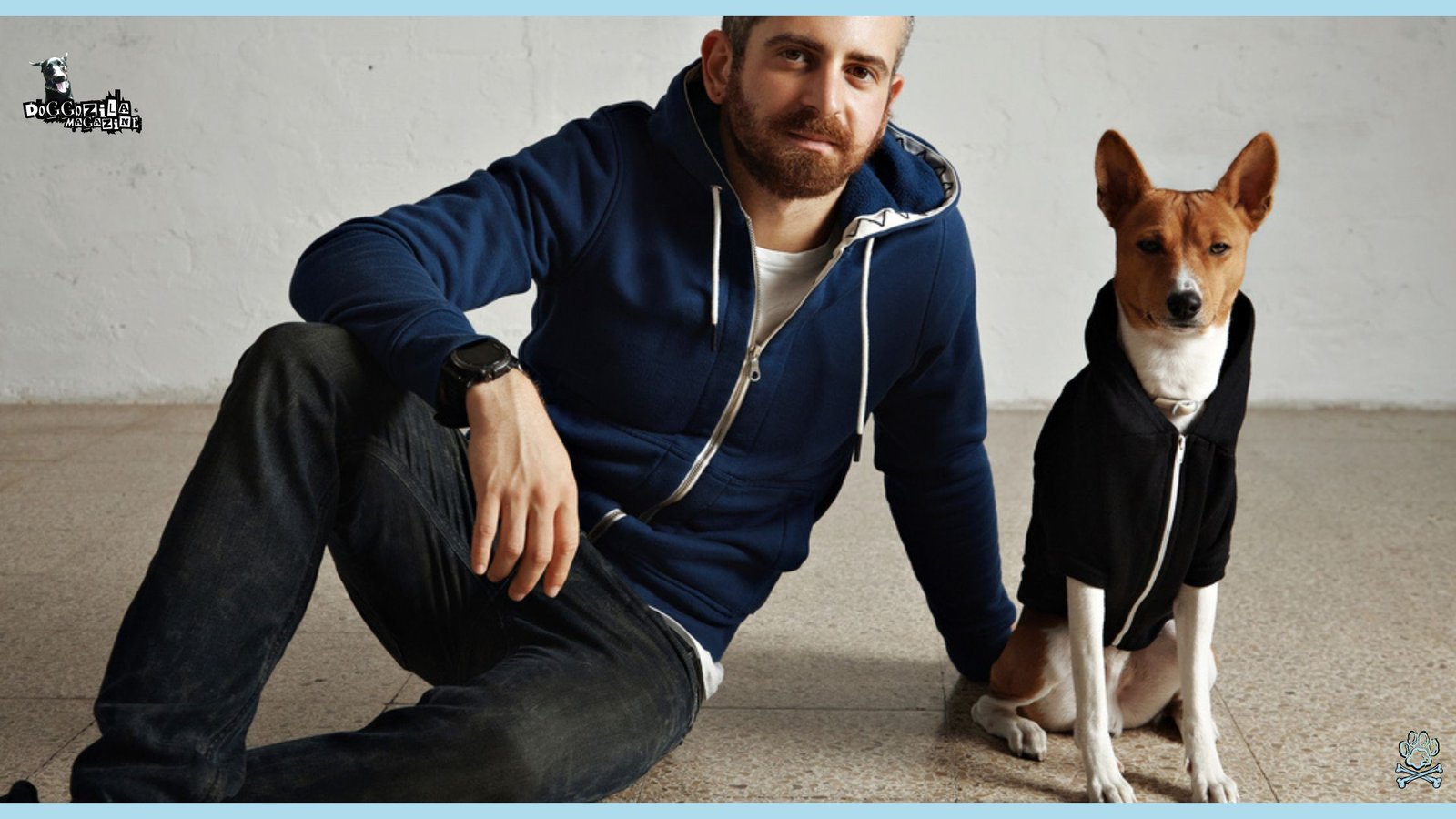
INTEGRATING TECHNOLOGY TO INVESTIGATE WHY DO DOGS IMITATE THEIR OWNERS AND ENHANCE TRAINING PRECISION
Modern tools accelerate our understanding of canine imitation and refine training methods through data-driven insights. From wearable sensors that map movement patterns to interactive apps that guide imitation exercises, technology offers unprecedented support. Integrating these innovations bridges the gap between anecdotal observation and measurable progress. Embracing tech-savvy approaches propels training into a new era of precision and personalization.
Understanding imitation’s drivers revolutionizes training. Modeling desired behaviors (role-playing tricks) leverages dogs’ social learning for faster mastery. Designing imitation-based games boosts engagement, while aligning human body language with commands prevents mixed signals and builds resilience during behavior modification.
Motion-Capture Systems Reveal Detailed Metrics On Why Do Dogs Imitate Their Owners With Split-Second Timing Differences
Advanced motion-capture cameras track every pivot, head tilt, and tail wag during imitation sessions. By overlaying data from both human and canine participants, trainers can pinpoint moments of lag or misalignment. This granular feedback allows for micro-adjustments in cue timing and gesture clarity.
In one case study, a herding dog improved obstacle course navigation by 20 percent after trainers synced their own movements to match optimal canine response windows. Motion-capture technology transforms training from art to a blend of art and science.
Wearable Activity Trackers Map Daily Imitation Trends To Uncover Patterns And Tailor Sessions
Attaching lightweight accelerometers to collars and harnesses records dogs’ movement profiles throughout the day. These trackers highlight peaks of imitative behavior—perhaps after morning walks or post-lunch breaks.
Trainers use this information to schedule formal practice sessions at times when dogs naturally exhibit higher mimicry rates. Over weeks, patterns emerge that reveal each dog’s personal prime learning windows. Capitalizing on these windows maximizes session efficiency and depth of learning.
Smartphone Apps Gamify Imitation Training With Real-Time Guidance And Progress Tracking
A growing array of mobile apps designed for dog training offer step-by-step imitation modules. Users receive visual prompts to demonstrate behaviors and can record their dog’s attempts directly through the app interface. Automatic scoring algorithms rate alignment between human demonstration and canine execution, offering constructive feedback. Earning badges for streaks and mastery levels keeps both trainers and dogs motivated through digital rewards.
Virtual Reality And Robotics Experiments Shed Light On Why Do Dogs Imitate Their Owners In Controlled Simulations
Cutting-edge research labs are using virtual avatars and robotic dog models to probe the mechanisms of imitation outside real-world variables. Dogs observe humanoid robots performing simple tasks while wearing EEG caps that monitor brain activity.
These controlled experiments isolate specific cues—like motion speeds or spatial trajectories—to determine which elements dogs prioritize when copying. Early findings suggest that dogs weigh the smoothness of motion over exact form, guiding future tool development for more intuitive training interfaces.
🔑 Key Points: Stimulating environments (novel textures, obstacles) spark curiosity and increase imitation as dogs seek guidance. Technology like motion-capture systems and wearable trackers provides precise data on mimicry timing and patterns, enabling optimized training sessions and deeper insights into the cognitive mechanisms behind imitation.
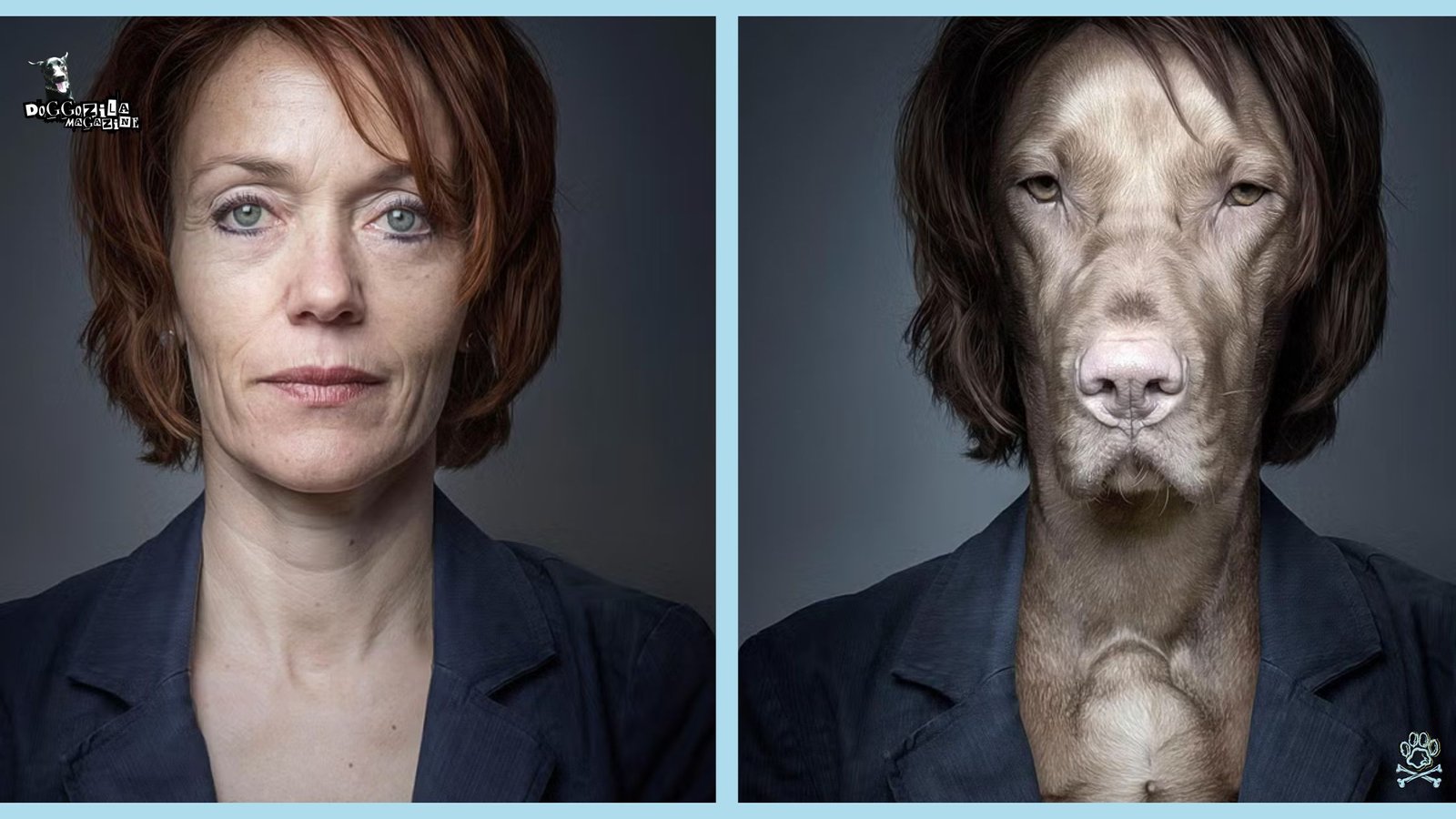
CELEBRATE THAT DOGS IMITATE THEIR OWNERS AS THEY SHOW THE ENRICHED CANINE-HUMAN BOND
Reflecting on the myriad reasons behind canine imitation—from evolutionary roots and emotional bonds to environmental triggers and technological enhancements—illuminates a profound truth: dogs mirror us because they’re wired to connect, learn, and belong. The story of why dogs imitate their owners is constantly evolving, promising fresh discoveries and richer collaborations in the years ahead.
This shared journey transcends mere obedience, transforming training into a vibrant dialogue across species. By leveraging insights from science, case studies, and real-world adventures, we cultivate deeper bonds and more effective learning.
Embracing Co-Learning Partnerships For Lifelong Growth And Exploration
When we view training as a two-way street, dogs become our teachers as much as our students. Their mimicry offers a continuous feedback loop, guiding us to refine our communication, patience, and creativity. By adopting co-learning mindsets, we unlock mutual growth and turn every interaction into an opportunity for discovery.
Charting Future Research Frontiers To Deepen Understanding Of Mimicry Across Species
As neuroscience, genetics, and behavioral sciences advance, new research will uncover the molecular and neural circuits governing imitation. Cross-disciplinary collaborations between ethologists and technologists promise tools that further personalize training based on each dog’s unique profile.
Expanding Enrichment Programs That Blend Imitation With Wellness And Social Engagement
Enrichment initiatives in shelters, schools, and therapy settings can harness imitation-based activities to support mental health, social skills, and community building. By integrating structured mimicry games, we create inclusive environments where dogs and people of all abilities flourish together.
Innovating Training Frameworks For Tomorrow’s Furry Friends
From service and therapy dogs to home companions of the future, training frameworks that center on imitation will drive higher performance, resilience, and well-being. By weaving together evolutionary insights, emotional science, environmental design, and technology, we stand at the threshold of a transformative era in canine-human partnership.
The Final Fetch: Your Furry Mirror is the Greatest Compliment
So, there you have it, pack! From ancient survival instincts firing in their DNA to mirror neurons doing a happy dance, from heart-bursting adoration to pure playful goofiness, the reasons why do dogs imitate their owners are as complex and beautiful as the bond itself. Every synchronized sigh, every mirrored stretch, every perfectly paced walk is a testament to your dog’s profound connection to you.
They watch, they learn, they feel, and they become a little reflection of your world. It’s their ultimate love language, written in the silent poetry of shared movement and emotion.The next time your dog copies your yawn, steals your seat, or matches your goofy dance move, don’t just laugh (though definitely laugh!).
Take a second to appreciate the incredible science and deep, deep love behind that furry impersonation. It’s not just imitation; it’s dog devotion in its purest, most fascinating form.
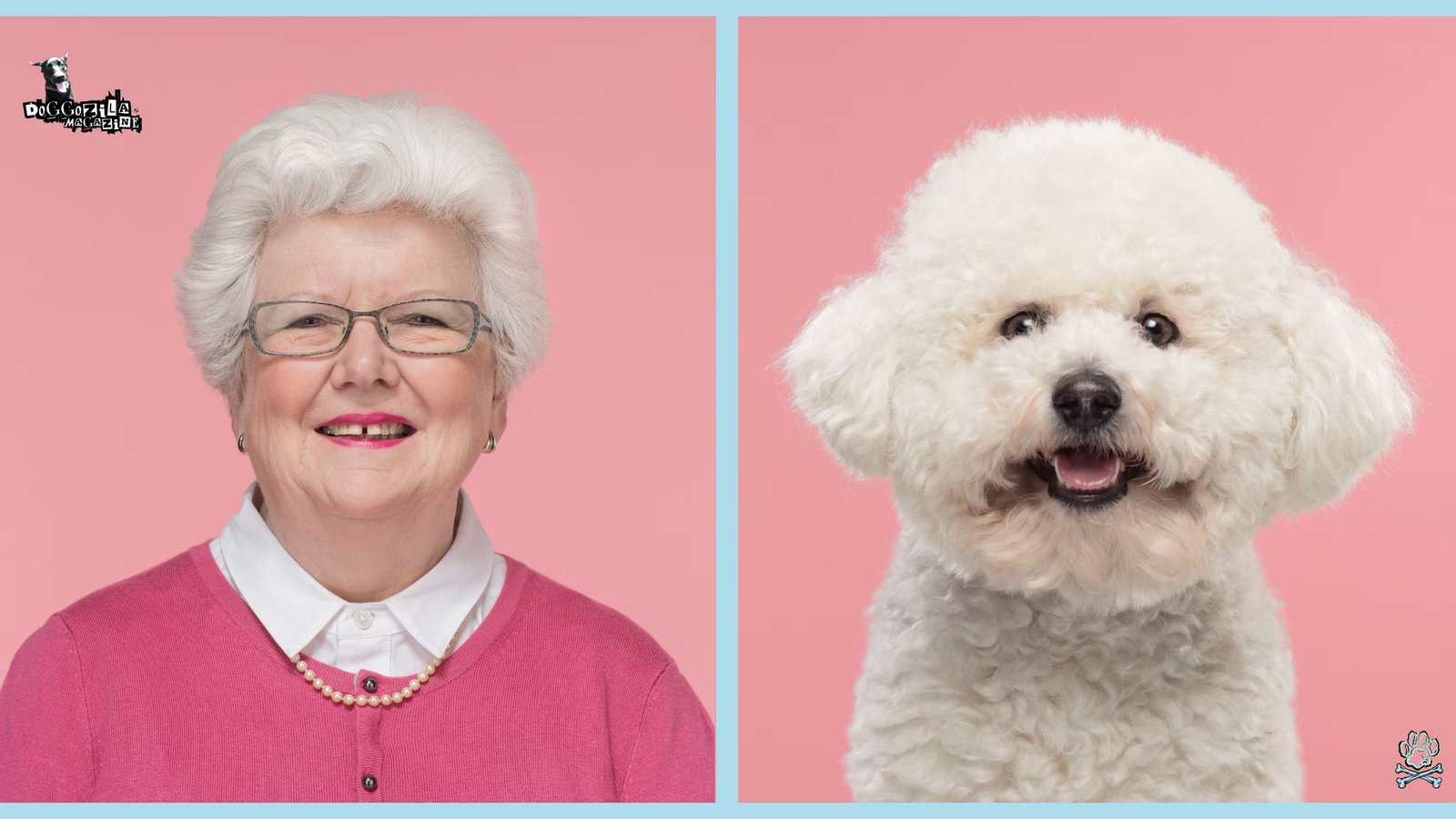
Now, go give your little mirror a well-deserved ear scratch – they’ve earned it just by being wonderfully, uniquely, adoringly you, but furrier.




